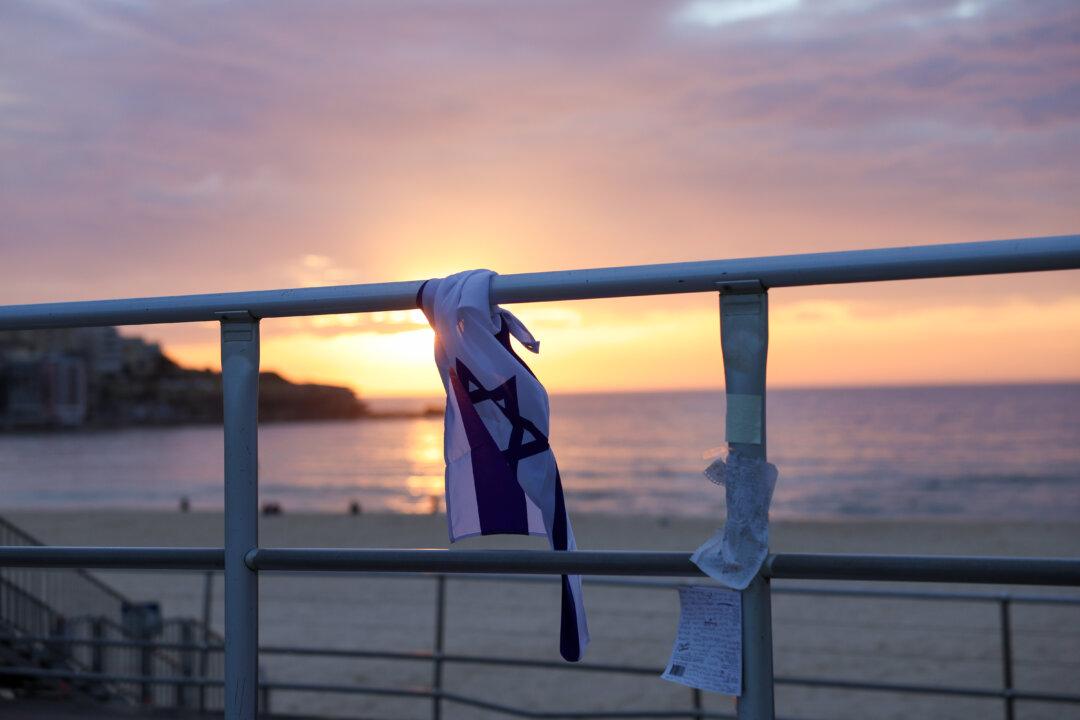A man in his 60s with underlying health conditions has died in NSW after contracting COVID-19, taking the state’s death toll to 48 and 99 nationwide.
Students at NSW public schools will return to classroom teaching full time from next Monday, two months after the (Chinese Communist Party) CCP virus, commonly known as the novel coronavirus, forced them to study at home.





